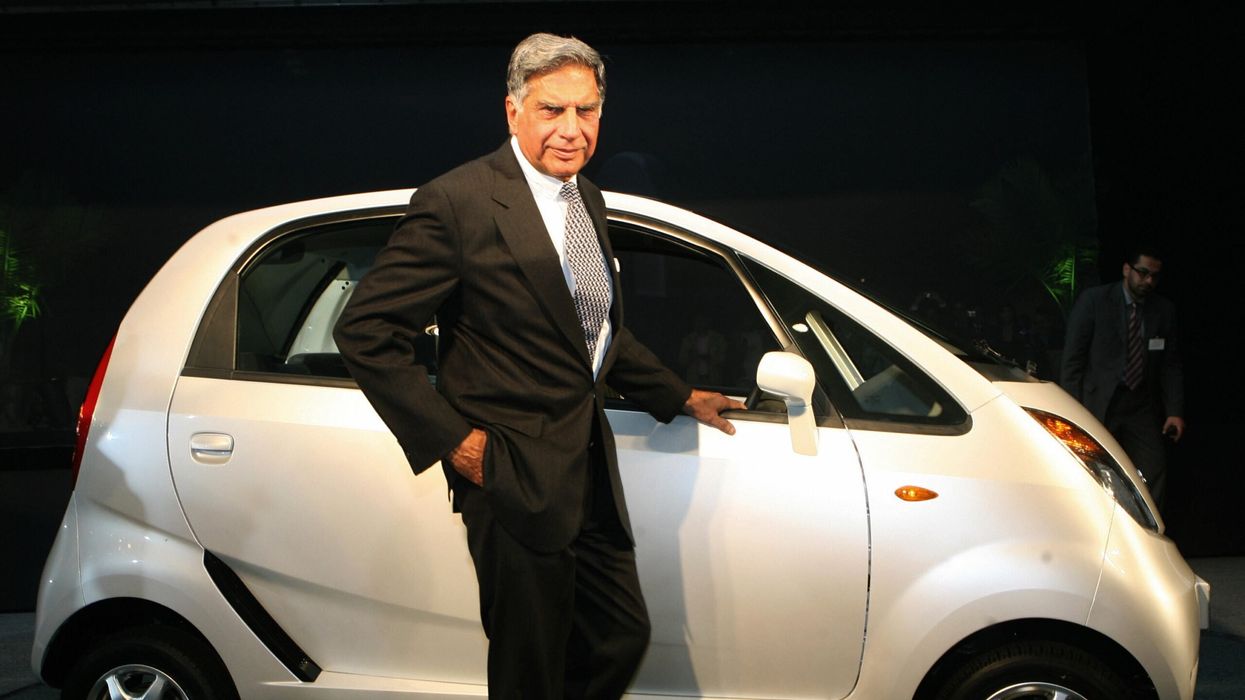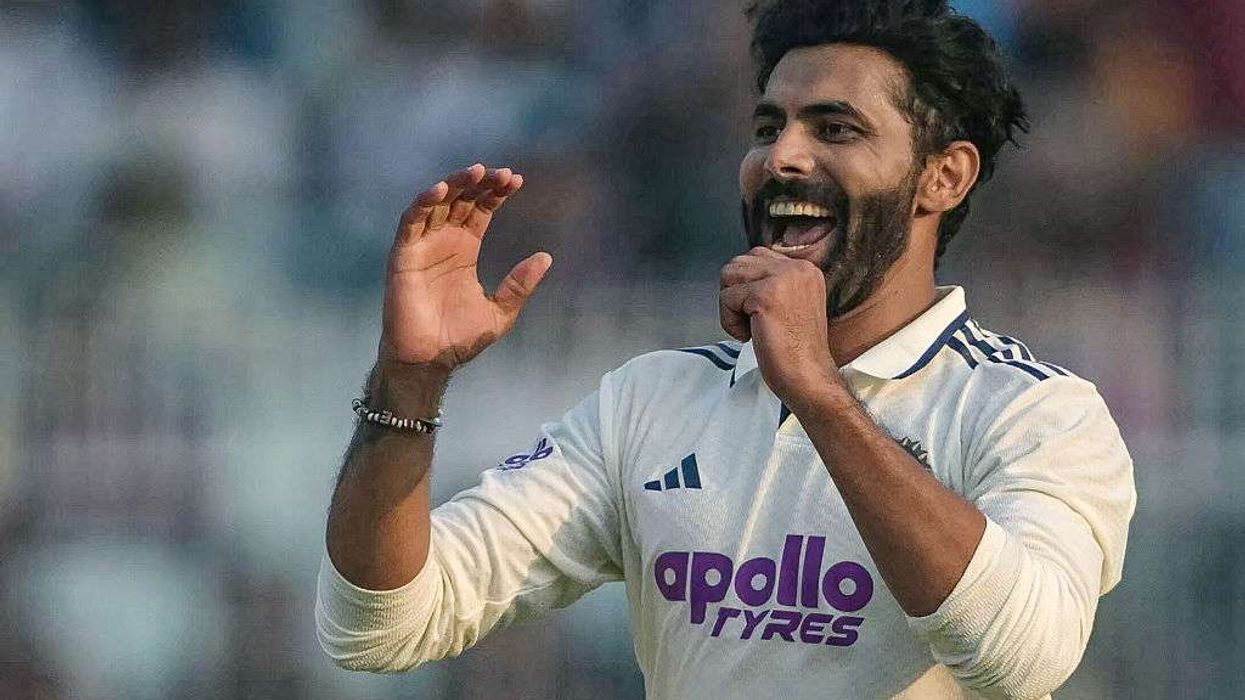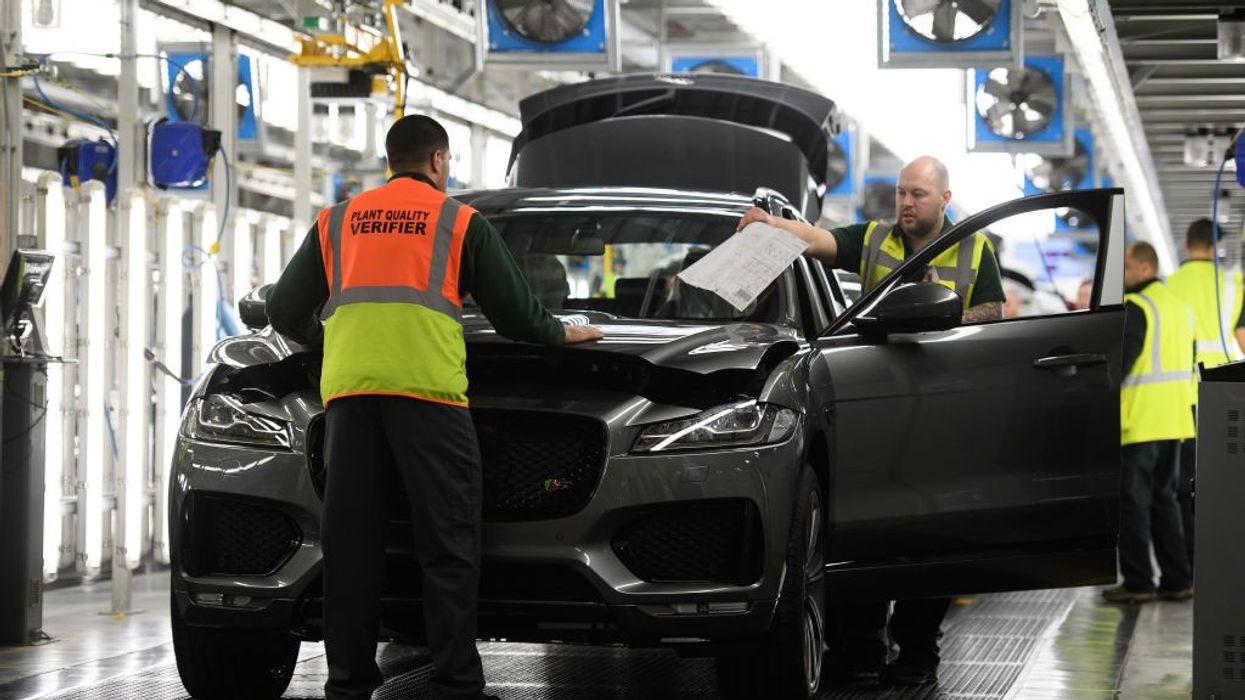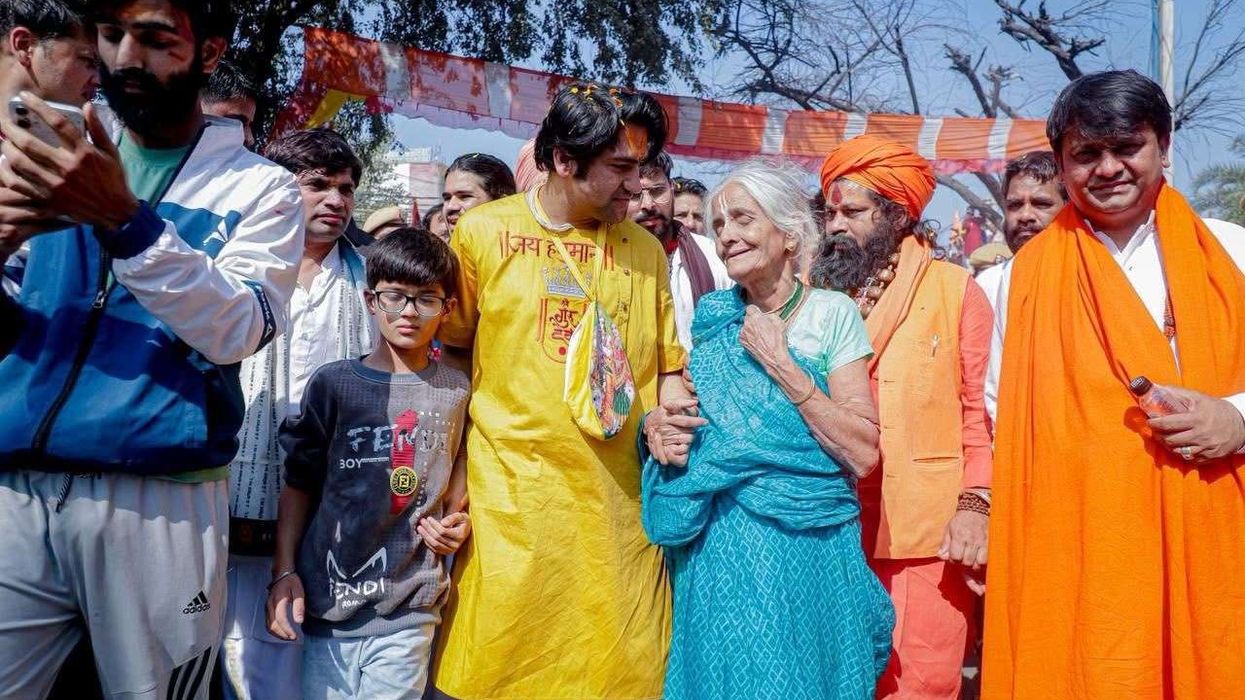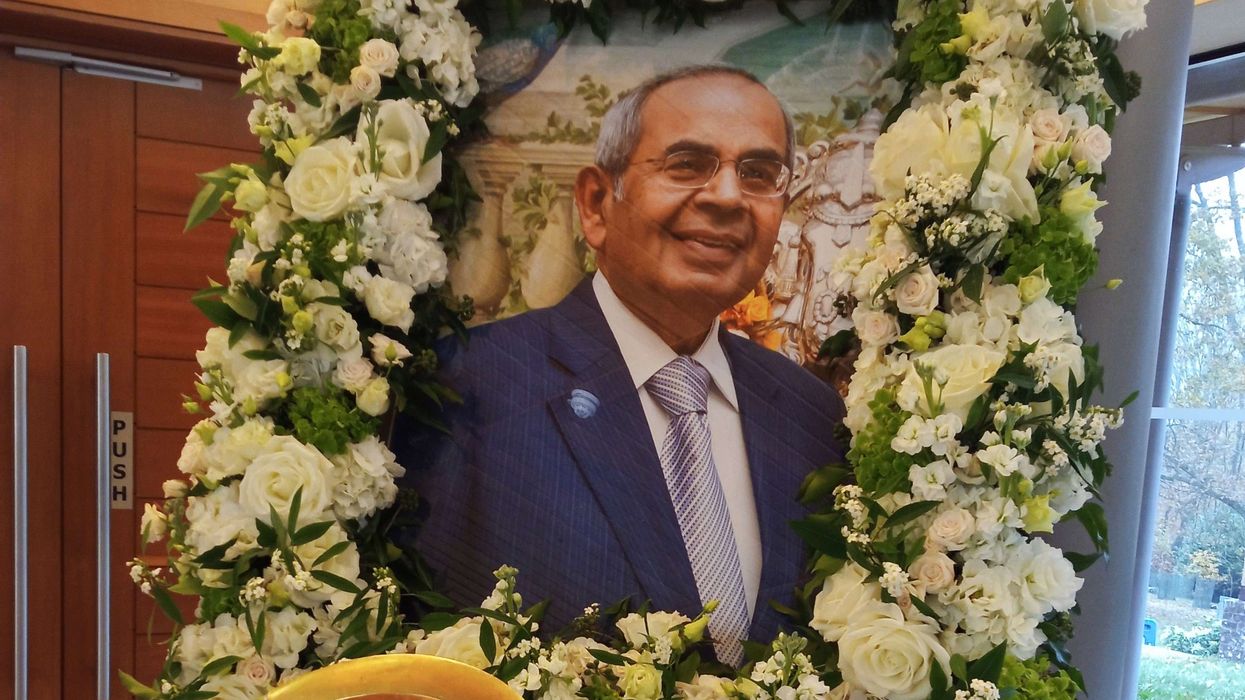ALTHOUGH Ratan Tata was chairman of the Tata group of companies, he came across as a modest man determined to live below his means when I met him.
“I couldn’t say I’m wealthy, but I am certainly well off enough and I have no desire to show off,” he admitted. “I enjoy anonymity. (When) you’re in London, no one bothers you.”
Tata, who died last week aged 86, told me he didn’t have a formal philosophy of life, but “I’ve always had a view that 90 per cent of the people really respect the position you hold, and that can be intoxicating. The best way is to continue to be as ordinary a person as you can, wait in lines, drive your own car.”
It was November 2006 and I had interviewed Ratan Naval Tata for the first time. Six previous interview requests had been turned down by his PR people. I doubt whether he was even aware of most of the interview requests.
What was different this time was Kamal Nath, India’s commerce and industry minister at the time, had picked up the phone at his office in Delhi and pressed my case. I was doing one of my annual economic surveys of India for the Daily Telegraph. This time Tata said yes.
He was 68 at the time and had an office in “Bombay House”, the headquarters of the Tata group of companies in Bombay (now Mumbai), India’s commercial capital. It was a short taxi ride from the Taj Mahal Hotel, which (like the St James’ Court Hotel in London) is owned by the Taj group.
Dressed in an immaculately tailored grey suit with a dark blue tie, Tata resembled an English gent of the old school, unflashy and shy about giving interviews.
He confided the one luxury he had fallen for was his Falcon jet: “My greatest indulgence outside work is flying. I love flying and I continue to be a certified pilot. I fly every chance I get. I am just about to fly to Dubai. I also love to drive (sports cars).”
Tata, educated at Cornell and Harvard, was a Parsi, whose members brought their Zoroastrian faith to India as refugees from Persia and then integrated so successfully they became, as they had promised an initially hesitant Mughal emperor, “sugar in milk”. Though their numbers in India had dwindled to 100,000, Bombay wouldn’t have been the old cosmopolitan Bombay were it not for the educational and scientific institutions, theatres and art galleries built on Parsi philanthropy, and notably, that of the unique Tata family.
I had friends who lived in the same block of flats where he did and all of them remarked that his lifestyle was understated. Not for him a mansion by Juhu beach.
Tata revealed he loved one corner of England which was forever Parsi. “It’s really an eye opener to go to Brookwood cemetery (in Surrey) which is full of wealthy Parsis who are buried there, people you read about in books.”
He spoke proudly of the group’s founder, Jamsetji Nusserwanji Tata, who began his company in 1868, and his immediate predecessor, his legendary uncle Jehangir Ratanji Dadabhoy [JRD] Tata, whom he succeeded in 1991. Sixty five per cent of the group’s profits went into health care, education, rural development, treatment of water in villages and other charities.
He agreed that the example of a tiny community doing good out of proportion to its numbers would be an appropriate role model for Indians in Britain to adopt.
“It was just the largesse they decided to give. Perhaps if we go back in time, it was their way of expressing their prosperity, given the fact that they had come from Persia, initially, almost like refugees, and been allowed to become prosperous in India. It was their way of giving it back to the country, otherwise I don’t see how they could have continued to hold their wealth and pass it on to their next generations.”
I had been warned Tata was not a professional Parsi, but he agreed his family did have a history of service to the nation.
“Yes, I think it is a very proud inheritance, a very nice legacy to inherit. The values and the ethics of the Tata group have been based on the proceeds of the profits, the dividends of the company, going back to charitable causes. While most people believe the Tata group is owned by the Tata family, it today owns about two per cent of the group and about 65 per cent is owned by a few charitable trusts. So, there’s very little personal agenda in what the Tata group does. Strangely enough, this has held it together because we’ve not had generations of Tatas carving out their family portion of the group.”
He said he had been “trying to reduce the business areas and re-focus the company. In days gone by, we used to pride ourselves on the fact that you woke up in the morning to Tata tea, your alarm clock was Tata, you had a bath with a Tata soap. It’s not such a great thing if you look at in a business sense, so we’ve been trying to re-structure ourselves.”
Speaking at the memorial service for Lord Kumar BhattacharyyaAt the time, the group included Tata Iron & Steel, Tata Motors, Tata Chemicals, Tata Consultancy Services [TCS], Indian Hotels, Tata Tea (it bought Britain’s Tetley Tea for £271 million), Tata Technologies, Tata Metaliks, Tata Interactive Systems and many other companies.
He explained he has been trying to consolidate the companies into the seven core areas in which the group operated. He believed that “protection has been India’s worst enemy”, but, thanks to globalisation, “25-30 per cent of our revenues come from overseas businesses”.
“If you look at what Jamsetji Tata did 150 years ago, he wasn’t driven by the normal drivers of making money,” said Tata. “He was driven more by the development of India, so he saw textiles as a business, because cotton was going out of the country and coming back as cloth. He saw steel being produced in India, so (it was) self-sufficiency, a great sense of nationalism. The group in its early days was built on giving India self-reliance in basic industries and that carried on after his sons implemented what he had conceived.
“Someone like me gets enormous pleasure in seeing an uplift of what otherwise one would consider an underprivileged or poor person.”
“I enjoy anonymity,” added Tata. “I detest the fact that I can’t go for a walk any more because somebody will come up and say, ‘I bought an Indica and my left wheel is making a noise. Can you tell the dealer to fix it?’ Or, ‘My daughter’s just graduated in computer science and could she get a job in TCS?’ I find it’s a very distasteful kind of thing that I can’t go to a movie any longer. I can’t go for a walk with my dog because your privacy is constantly being invaded. So I enjoy being out of the country. (When) you’re in London, you have anonymity, no one bothers you and you have your own space.”
We talked about business, of course. At the time the exciting news was about Tata’s plans to build a small “people’s car”. The speculation was that he was considering setting up the factory to manufacture this car in West Bengal, a state which industrialists often avoided because of its Marxist governments.
He provided an insight into why he really wanted to build his people’s car – it was after seeing a family on a scooter on a dark night. “That’s what really drove me to think about this. It wasn’t just developing another car. You so often see guys sitting on a scooter, little kid standing in front of him, his wife behind holding a child. Then you add to that a wet road, you add night time, then you feel you [have] got a family in potential danger. I would hope I could make a contribution to making life safer for them.”
He went on: “Someone like me gets enormous pleasure in seeing an uplift of what otherwise one would consider an underprivileged or poor person. For example, some people get irritated, but I feel very elated, but you can walk on the street and see somebody who pushes a rickshaw and is talking on a cell phone. In rural India, too, the quality of life has, without any doubt, improved.
“We still have great disparities, it would be fallacious to say ‘everything’s fine’, but it would be also wrong to say India hasn’t moved. It’s moved tremendously.”
The tragedy was Tata had not reckoned with the destructive politics of West Bengal. The company had arrived at an agreement with Buddhadeb Bhattacharya, the then chief minister of the state who belonged to the Communist Party of India (CPM). But he was ousted from power in local assembly elections by the new kid on the block, Mamata Banerjee, the firebrand leader of the Trinamul Congress.
She opposed the purchase of farmland for the factory in a place called Singur in the Hooghly district of the state. The factory was not built and to this day, the land lies fallow. In desperation, the project to build the “Nano”, as the new car was to be called, was moved to Gujarat, where it was given an enthusiastic welcome by the state’s then chief minister, Narendra Modi.
When I met Tata, he was well intentioned about setting up in West Bengal. Although Bhattacharya led a CPM government, Tata told me: “I have known him since he became chief minister, but he literally seems to be a genuine person. The state seems to be free of corruption, it’s easy to deal with, with the ministers and bureaucracy within the state, and, of course, today they want investment, so the receptivity to the new investment is very high.
“The other thing is they move quite fast – for example, when we went into the car project. They issued a policy that ‘it’s open to all’, and we’ve just been the first people to avail of that policy. They have a new industrial policy, which has the same incentives for everyone. And they did that very, very fast. In other states, you get locked up into a sort of loop of things going on and on never being decided.”
The car project, he declared, “is very much on track”. He assured me: “From our side, it’s absolutely on. The land has been identified. We’re very excited about the possibility of being in West Bengal because I think the eastern part of the country is being ignored industrially.
“I really believed in the leadership of the state. Someone has to make a move, if you believe this is a place where the industrial climate is good, but nobody is testing the waters because they want to see who moves first. So we felt, let us make that first move. There is so much being made about the Leftists being the blocker of reforms, yet the state of West Bengal is as friendly to industry as anything else. I thought this was just the sort of thing the Tatas should do, rather than being in Maharashtra or Chennai or anywhere else.”
He forecast the new car market in India would grow from one million in 2006 to 1.7 million in 2008. In the end, the Nano was not a commercial success, but Tata helped open up the car market in India. Today, it is about four million, with a wide range of manufacturers.
In my interview, I completely missed the fact that Tata was thinking of expanding abroad, which he did with the acquisition of Corus Steel (which later reverted to British Steel) against stiff competition from the Brazilians in 2007, and Jaguar and Land Rover from Ford of America in 2008. I met Tata when he came to London for the takeover talks.
He was given an honorary degree by Cambridge University in 2010, and an honorary knighthood in 2014. I saw Tata in 2019 when he attended the memorial service in Coventry Cathedral for his close friend, Lord Kumar Bhattacharyya, founder of the Warwick Manufacturing Group. Bhattacharyya had told me it was he who had persuaded Tata to buy Jaguar and Land Rover.
Looking back on it now, it was Tata’s decision to buy British that encouraged other Indian firms to follow in his footsteps. Today, thanks mainly to him, India is the second-biggest investor in the UK.
